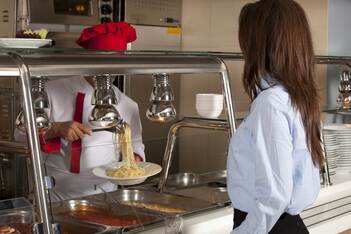 Consumers are expecting things to be a bit different as a result of the pandemic – and at a time when supplies continue to be short, labor is difficult to find and customer traffic is unreliable, restaurants can use this expectation to their advantage. Many restaurants already are: Take Michelin-rated Eleven Madison Park, which announced it would be reopening as an entirely plant-based restaurant after its closure during the pandemic. As you have managed your restaurant throughout the course of the pandemic, have you come to conclusions about major aspects of your business that need to change in order to preserve the longevity of your restaurant? Would you be better able to stabilize your menu by making it entirely plant-based? Have you always relied on a dine-in customer base but believe this can no longer be your main source (or even a small source) of sales? Do you think you should serve a different demographic of customers than you did before? Are you too reliant on labor shifts – and burdened by the need to provide higher wages and benefits? Now is a good time for reinvention. Identify your primary pain points when it comes to your supplies, staffing, marketing and day-to-day operations management. By changing things that may have needed changing for a long time, you can give yourself a new story to tell customers, refresh your brand and generate renewed interest in it as we emerge from the pandemic. 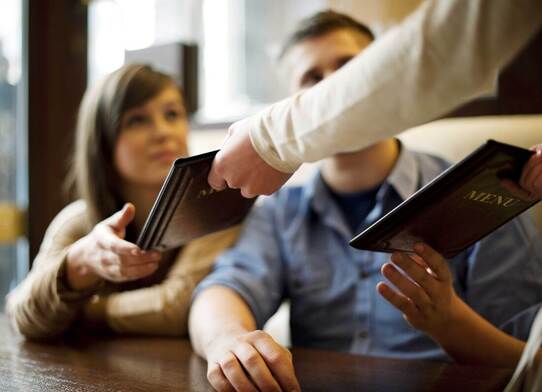 There’s plenty of pressure on restaurant prices lately, whether from the increased competition for labor, shortages of key ingredients, or other demands. How have you responded? According to recent research from Fitch Ratings, pent-up demand and fiscal stimulus have driven a recovery in restaurant sales in recent months – and that has enabled restaurants to pass increasing costs on to customers. Plenty of businesses have needed to (think of the restaurants who specialize in chicken wings), but others have hesitated due to the strains of the pandemic on customers in the past year. Where is the line for your customers when it comes to food prices – and what might you do to help smooth it out? Start by analyzing your menu and identifying your most costly and difficult-to-source items. Where might a less expensive or easier-to-source item be substituted? In cases where you need to keep a more expensive item on the menu, where can you incrementally boost the price of another item to help make up for the higher cost? Also consider the demographics of your customer base. According to recent consumer research from RMS cited in Nation’s Restaurant News, most respondents said upticks in food costs, the minimum wage and safety precautions justify price increases at restaurants – with Baby Boomers being most receptive to higher menu prices. Finally, you could consider adding an overall service charge to each order – with a brief, carefully worded message on the menu explaining why you need to do it – and how it ensures your restaurant can sustain itself and take care of employees. 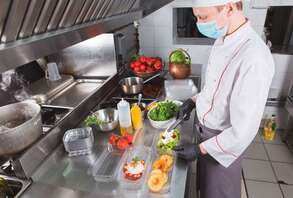 Are you squeezing as much revenue as possible out of your kitchen? Your restaurant technology can help you create a virtual, delivery-only brand – and it’s one way restaurants will be maximizing their existing ingredients, food expenditure and labor in the years ahead. Consider where you have extra capacity to better capitalize on a daypart (or create one where it didn’t exist before), reinvent a dish for a different customer base, use an ingredient more broadly, or make better use of your staff’s hours and skills. Could you create a new brand with your existing resources, then use your kitchen technology to tap into a delivery network and expand your base of customers?  Restaurant sales are up 8 percent over where they were in June 2019, according to NPD Group’s David Portalatin. While that’s positive news for sure, business conditions are far different from what they were in 2019. People are preparing more meals or meal segments at home than they did back in 2019, whether from scratch or from meal kits. The business-lunch and happy-hour set is now spending more days working (and eating) from home, and the delta variant of the coronavirus is causing anxiety about eating out where it didn’t exist before. That may mean that your once-busy urban location isn’t getting as much traffic and that your suburban location is seeing more delivery and carry-out business. It’s more important than ever to know your guests’ habits – where they are eating, when they are most apt to order a restaurant meal, and what promotions would tempt them to buy a meal or drink from you instead of staying home. Treat each transaction as an opportunity to gather helpful data that you can use to plan your next menu item or promotion – or even your next investment in technology or real estate. At every order, are you gathering information on what items are selling the best and what channels those orders are coming from? Are you incentivizing guests to join your loyalty program and analyzing their orders so you know which promotions are most likely to inspire them to return? Your systems for automatically gathering, understanding and acting upon consumer data are what will help you flex with the fluctuations of the current environment – and better weather whatever challenges might arise down the line.  Just weeks ago, it seemed like things were back on the upswing for restaurants. Consumers were eager for a return to eating out and anxiety about gathering indoors was waning across the country. But the rapid spread of the delta variant, and a range of state and local responses to it at both the government and consumer level, has added a new wrinkle to pandemic recovery. For restaurants in various parts of the country, this has meant an increase in no-shows, new rules about the need for vaccines, a lack of clarity on the wearing of masks and Covid-related backlash from the public on restaurant review sites. Communication – to your staff and to your guests – is critical right now. Determine what guidelines you must follow to protect the safety of all, then find friendly, non-confrontational, non-political ways of sharing your approach. Continue to offer multiple options for dining and collecting orders. Expect requests for outdoor dining to continue – and prepare now for accommodating guests outdoors into the cooler months. Consider what to do about no-shows – whether it be charging a deposit on a table or asking for a text or email confirmation of a reservation. Update signage on your entrance, website and social media channels with your approach, indicate that it will likely be changing in the coming weeks, and ask for everyone’s patience as you work hard to keep business going in challenging times.  As much as we all hoped and expected this summer would represent a return to pre-pandemic gathering and eating out, the delta variant has had other plans in store for many parts of the country. Restaurant operators, again, have been put in the challenging position of having to be enforcers of ever-fluctuating state and local regulations – all while continuing to juggle ongoing labor and supply shortages. If you haven’t already, it’s a good time to take a look back at your early-pandemic playbook and identify income streams that might help you weather the current challenges. That could mean posting new products for sale on your website, offering cocktails to-go if allowed in your state, and promoting family-style meal packages for guests who crave your food but aren’t yet comfortable eating out. Consider how your restaurant might adapt to the current situation of local consumers – whether that be a continuation of working from home or the beginning of hybrid work. Try to create stability, wherever possible, for both guests and staff. That could involve sticking with delivery and takeout service only (at least for the time being) or operating on a limited but set schedule. While it may feel like you’re missing opportunities to generate sales, guests and employees alike are likely to value predictability. Your loyalty program may help you here too. Do you want to boost visits on particular days and times? Increase your carry-out business while dine-in business is uncertain? Consider how you can incentivize your most loyal guests to help you keep business humming. 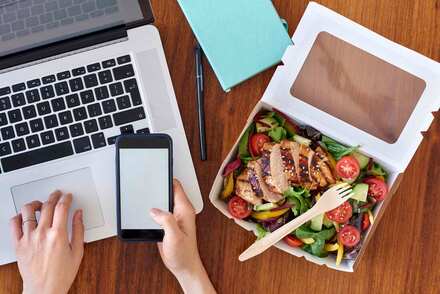 As the pandemic continues, hybrid work arrangements look like they may be here to stay for many – if not most – companies around the country. Global research indicates that 72 percent of corporate leaders plan to offer hybrid models of working. How might your restaurant meet the moment? If your dine-in business lunch traffic continues to be low, could your business find a new way to attract the guests who used to come to you? Panera, for one, has been acting on a new strategy aimed specifically at remote workers. They are offering scheduled group ordering, as well as catering for companies with workers in different places. At a time when companies are trying to navigate how to maintain camaraderie across employee teams that may only see each other for a few days each week in satellite offices, offering a regularly scheduled catered lunch might be an appealing way to make the most of the time employees spend face to face. Or, you could target the large population of consumers working from home. The World Economic Forum said recently that up to 20 percent of the U.S. entire workforce will continue to work from home permanently, up from 5 percent pre-pandemic. If you’re located in an area with condominium complexes where people are apt to be continuing to work from home, offering a scheduled building-wide delivery might enable you to attract lunchtime traffic – even if it’s not in your dining room |
Subscribe to our newsletterArchives
June 2024
Categories
All
|

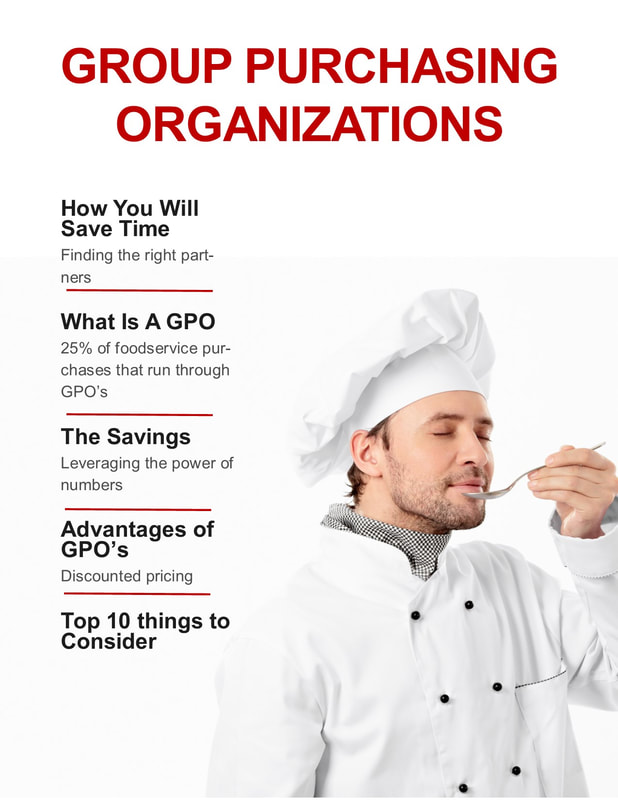

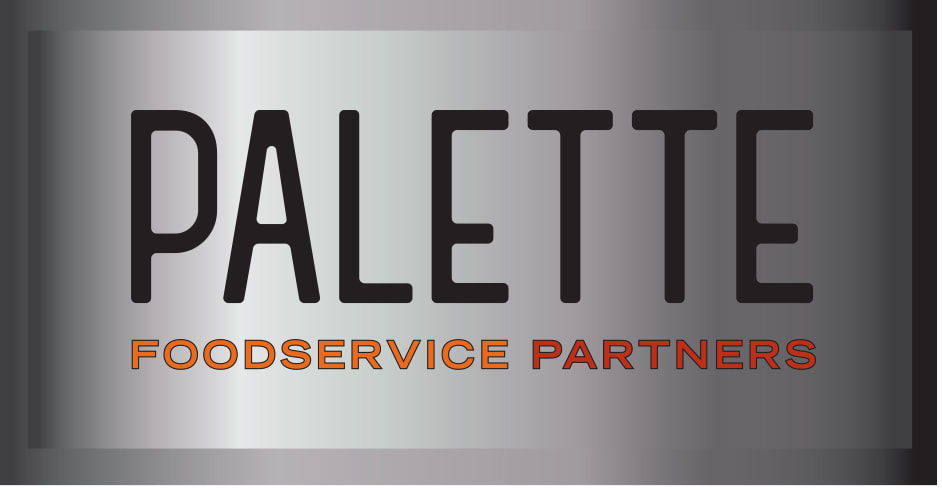
 RSS Feed
RSS Feed